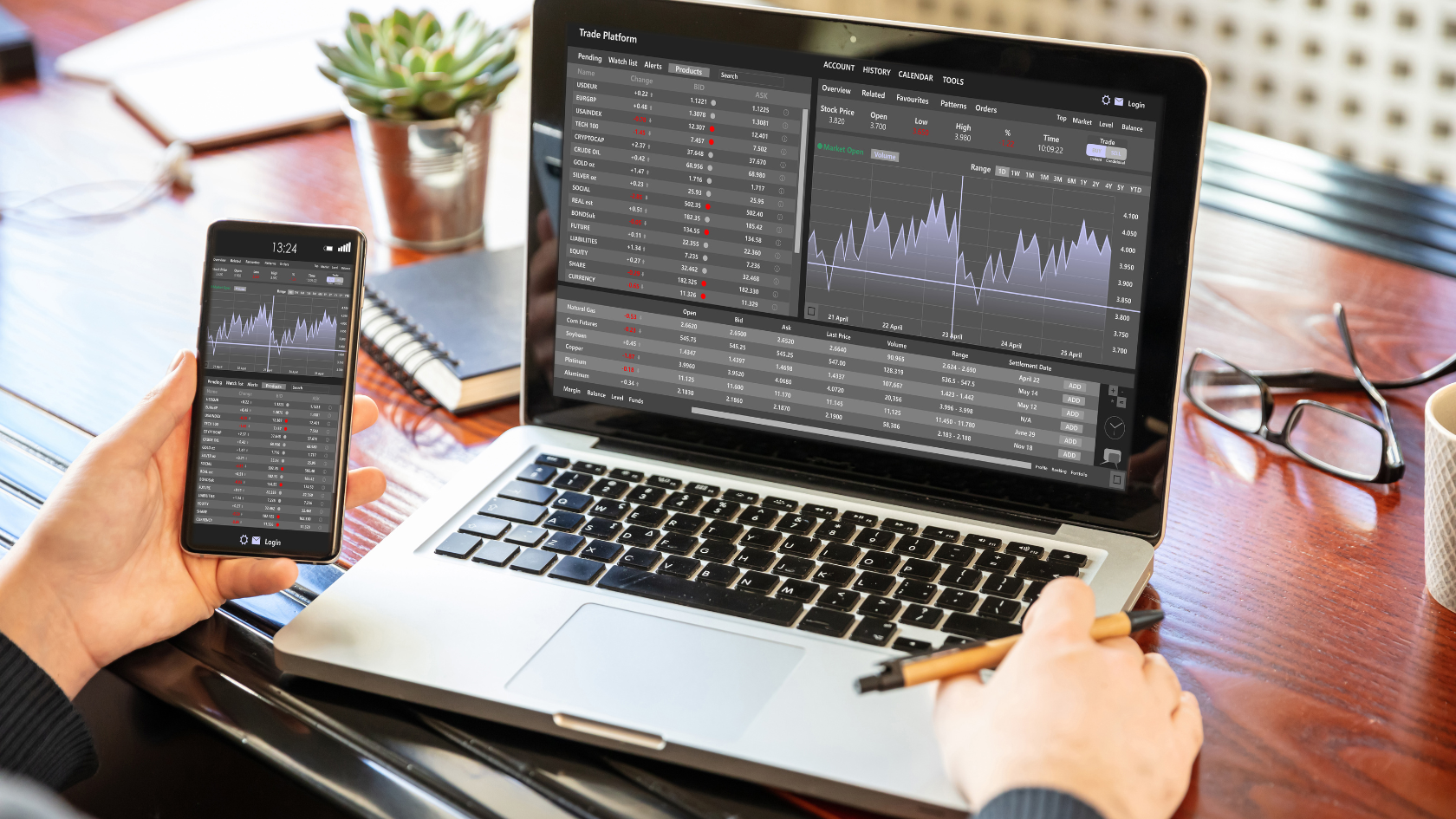
Algorithmic trading and discretionary trading are two different approaches to investing, each with its own set of benefits and drawbacks. While algorithmic trading relies on pre-programmed rules and quantitative analysis to make trades, discretionary trading involves using human intuition and judgment to make investment decisions. Here, we will explore the pros and cons of both strategies.
One of the primary advantages of algo trading is its speed and accuracy. Algorithms can analyse vast amounts of data and execute trades much faster than humans, which is especially important in fast-moving markets. In addition, algo trading can eliminate human emotions and biases, which can often lead to suboptimal investment decisions. By making decisions based on data and pre-programmed rules, algorithms can make objective and disciplined investment decisions.
However, algo trading also has some drawbacks. For example, algorithms can be vulnerable to market anomalies and changes in market conditions that were not programmed into the system. Additionally, some algorithms may not be able to accurately interpret news or other qualitative data, which can limit their effectiveness in certain market conditions.
Discretionary trading, on the other hand, is more flexible and may offer higher potential returns. Human traders can analyse market data, news, and other information to identify opportunities that algorithms may miss. Discretionary trading allows traders to incorporate their own unique insights and perspectives into their investment decisions, which can lead to more nuanced and sophisticated investment strategies.
However, discretionary trading also has some drawbacks. Human traders are prone to making mistakes and may be influenced by emotions, biases, and other psychological factors. This can lead to suboptimal investment decisions and can result in lower returns over the long term. Additionally, discretionary trading requires a significant amount of time and effort, as traders must constantly monitor market conditions and adjust their strategies accordingly.
Ultimately, the choice between algo trading and discretionary trading depends on a trader’s individual goals, risk tolerance, and investment philosophy. Some traders may choose to use a combination of both approaches, using algorithms to identify opportunities and discretionary trading to make the final investment decision. Regardless of the approach, it is important for traders to conduct thorough research and risk analysis, and to have a robust risk management strategy in place to minimize potential losses.
In conclusion, algo trading and discretionary trading are two different approaches to investing, each with its own strengths and weaknesses. While algo trading can provide speed and objectivity, discretionary trading offers flexibility and the potential for higher returns. The key to success is finding the right balance between the two approaches, and being prepared to adjust your strategy as market conditions change.

